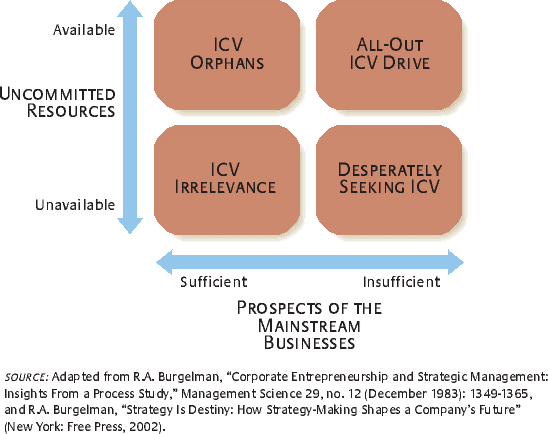
GUEST POST from Mike Shipulski
When you go to the cinema or the playhouse you go you see a show. The show may be funny, it may be sad, it may be thought-provoking, it may be beautiful, and it may take your mind off your problems for a couple of hours; but it’s not real. Sure, the story-line is good, but it came from someone’s imagination. And because it’s a story, it doesn’t have to bound by reality. Sure, the choreography is catchy, but it’s designed for effect. Yes, the cinematography paints a good picture, but it’s contrived. And, yes, the actors are good, but they’re actors. What you see isn’t real. What you see is theater.
If you are asked to focus on the innovation process, that’s theater. Innovation doesn’t care about process; it cares about delivering novel customer value. The process isn’t most important, the output is. When there’s an extreme focus on the process that usually means an extreme focus on the output of the process would be embarrassing.
If you are tasked to calculate the net present value of the project hopper, that’s theater. With innovation, there’s no partial credit for projects you’re not working on. None. The value of the projects in the hopper is zero. The song about the value of the project hopper is nothing more than a catchy melody performed to make sure the audience doesn’t ask about the feeble collection of projects you are working on. And, assigning a value to the stagnant project hopper is a creative story-line crafted to hide the fact you have too many projects you’re not working on.
If you are asked to create high-level metrics and fancy pie charts, that’s innovation theater. Process metrics and pie charts don’t pay the bills. Here’s innovation’s script for paying the bills: complete amazing projects, launch amazing products, and sell a boatload. Full stop. If your innovation script is different than that, ball it up and throw it away along with its producer.
If the lame projects aren’t stopped so better ones can start, if people aren’t moved off stale projects onto amazing ones, if the same old teams are charged with the innovation mandate, if new leaders aren’t added, if the teams are measured just like last year, that’s innovation theater. How many mundane projects have you stopped? How many amazing projects have you started? How many new leaders have you added? How many new teams have you formed? How will you measure your teams differently? How do you feel about all that?
If a return on investment (ROI) calculation is the gating criterion before starting an amazing project, that’s innovation theater. Projects that could create a new product family with a fundamentally different value proposition for a whole new customer segment cannot be assigned an ROI because no one has experience in this new domain. Any ROI will be a guess and that’s why innovation is governed by judgment and not ROI. Innovation is unpredictable which makes an ROI is impossible to predict. And if your innovation process squeezes judgment out of the story-line, that’s a tell-tale sign of innovation theater.
If the specifications are fixed, the resources are fixed, and the completion date is fixed, that’s innovation theater. Since it can be innovation only when there’s novelty, and since novelty comes with uncertainty, without flexibility in specs, resources, or time, it’s innovation theater.
If the work doesn’t require trust, it’s innovation theater. If trust is not required it’s because the work has been done before, and if that’s the case, it’s not innovation.
If you know it will work, it’s innovation theater. Innovation and certainty cannot coexist.
If a steering team is involved, it’s innovation theater. Consensus cannot spawn innovation.
If more than one person in charge, it’s innovation theater. With innovation, there’s no place for compromise.
And what to do when you realize you’re playing a part in your company’s innovation theater? Well, I’ll save that for another time.
Image credit: Pexels
![]() Sign up here to join 17,000+ leaders getting Human-Centered Change & Innovation Weekly delivered to their inbox every week.
Sign up here to join 17,000+ leaders getting Human-Centered Change & Innovation Weekly delivered to their inbox every week.





